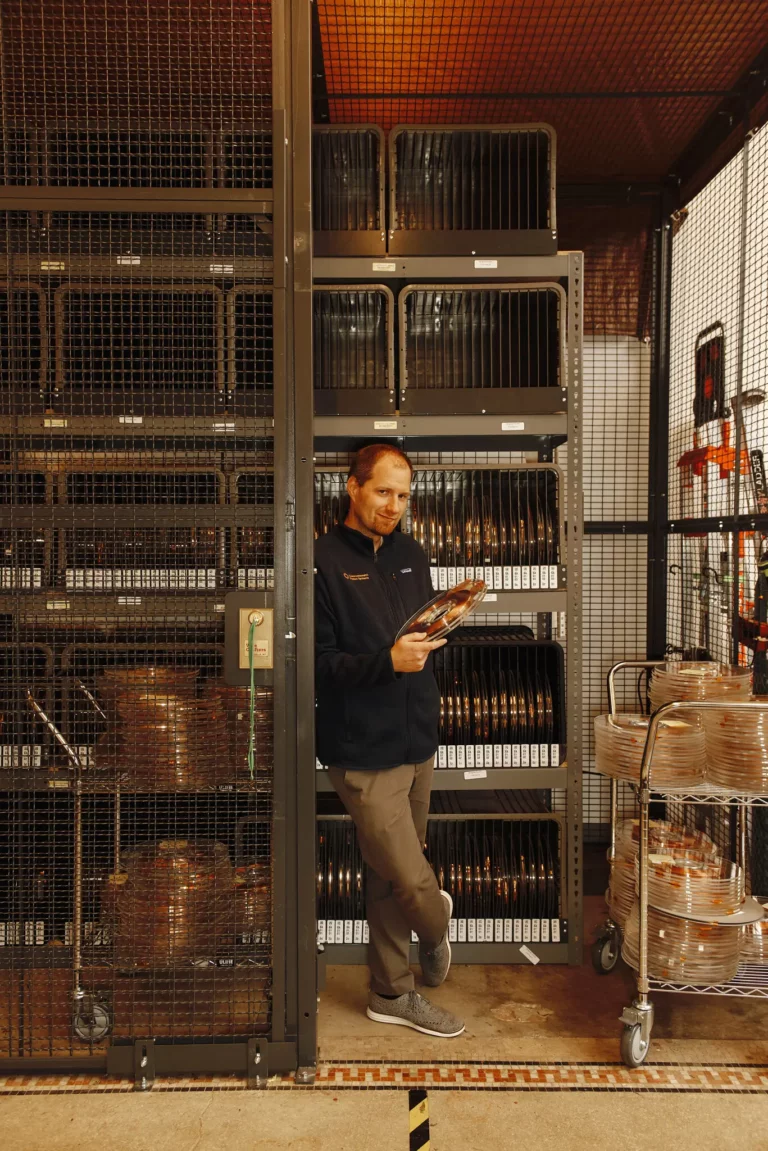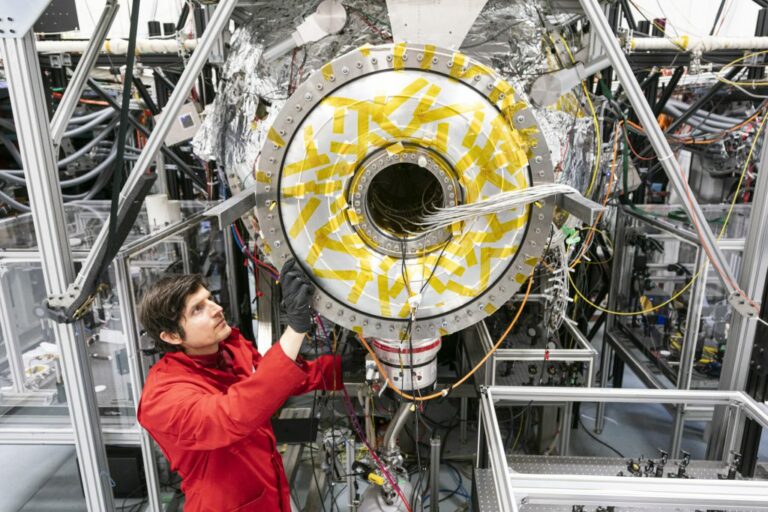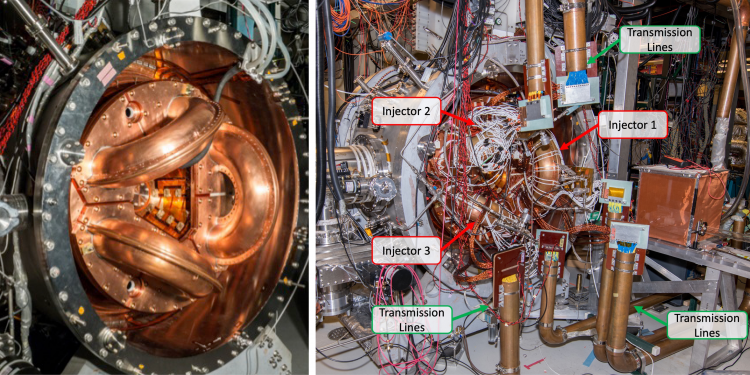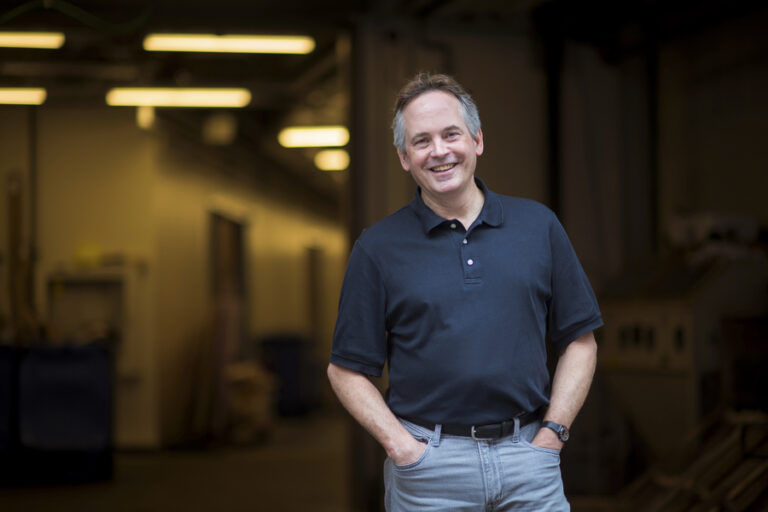Can start-ups fast-track fusion energy?
The drive to net zero has changed the calculus of the Promethean dream.

The drive to net zero has changed the calculus of the Promethean dream.

A start-up founded by scientists at the Massachusetts Institute of Technology says it is nearing a technological milestone that could take the world a step closer to fusion energy, which has eluded scientists for decades.

As the debate continues in Washington about the best ways to create high-quality, family-sustaining jobs, strengthen our nation’s leadership as the world’s “idea factory,” and finally achieve net-zero emissions, a solution that helps address each goal is readily apparent: fusion energy.

Fusion energy has long been considered as a way forward for decarbonising energy production, but its vast complexity and expense has made experimentation the plaything of rich nations with extremely deep pockets.

A prototype power plant designed by architect Amanda Levete’s firm AL_A with a nuclear fusion reactor is set to be built in Oxfordshire, England.

Gov. Jay Inslee was in attendance Tuesday morning as the fusion clean energy facility broke ground in Everett.

Funded by a global syndicate of leading energy venture capital firms, industry leaders, and technology pioneers, General Fusion is working with Canadian Nuclear Laboratories in a vital project to advance fusion energy technology. Through this collaboration, General Fusion and Canadian Nuclear Laboratories will develop tritium extraction techniques for use in commercial fusion power plants.

This week is Net Zero Awareness week in the U.K. On the 27th June 2019, the U.K. became the first major economy in the world to pass laws to end our contribution to climate change, committing to reduce all greenhouse gas emissions to net zero by 2050.

Nuclear fusion offers the potential for a safe, clean and abundant energy source. This process, which also occurs in the sun, involves plasmas, fluids composed of charged particles, being heated to extremely high temperatures so that the atoms fuse together, releasing abundant energy.

Senior Research Scientist Brian LaBombard is summarizing what might be considered a guiding philosophy behind designing and engineering fusion devices at MIT’s Plasma Science and Fusion Center (PSFC). Beginning in 1972 with the Alcator A tokamak, through Alcator C (1978) and Alcator C-Mod (1991), the PSFC has used magnets with high fields to confine the hot plasma…